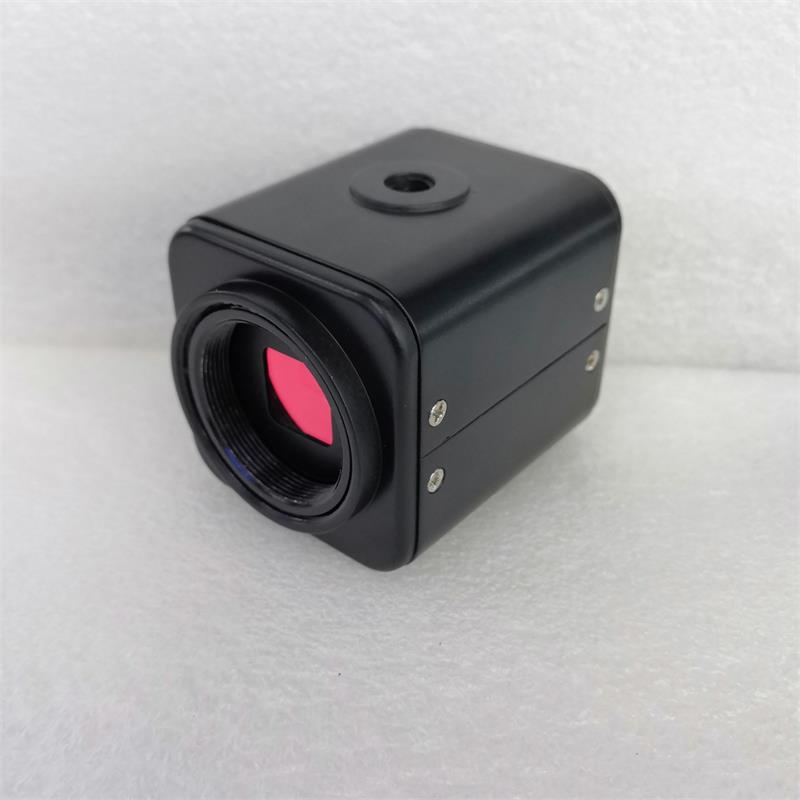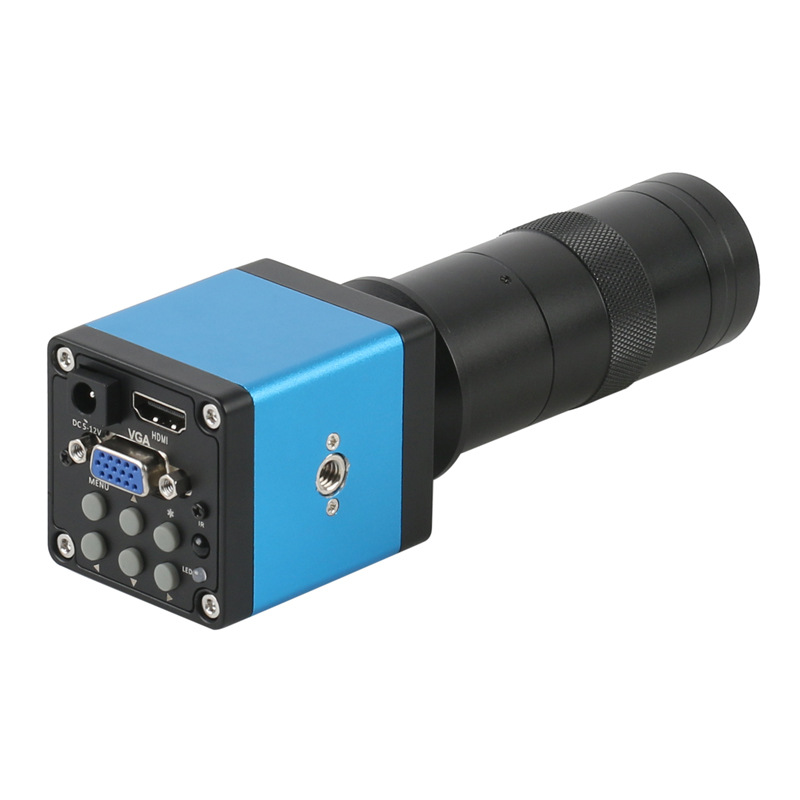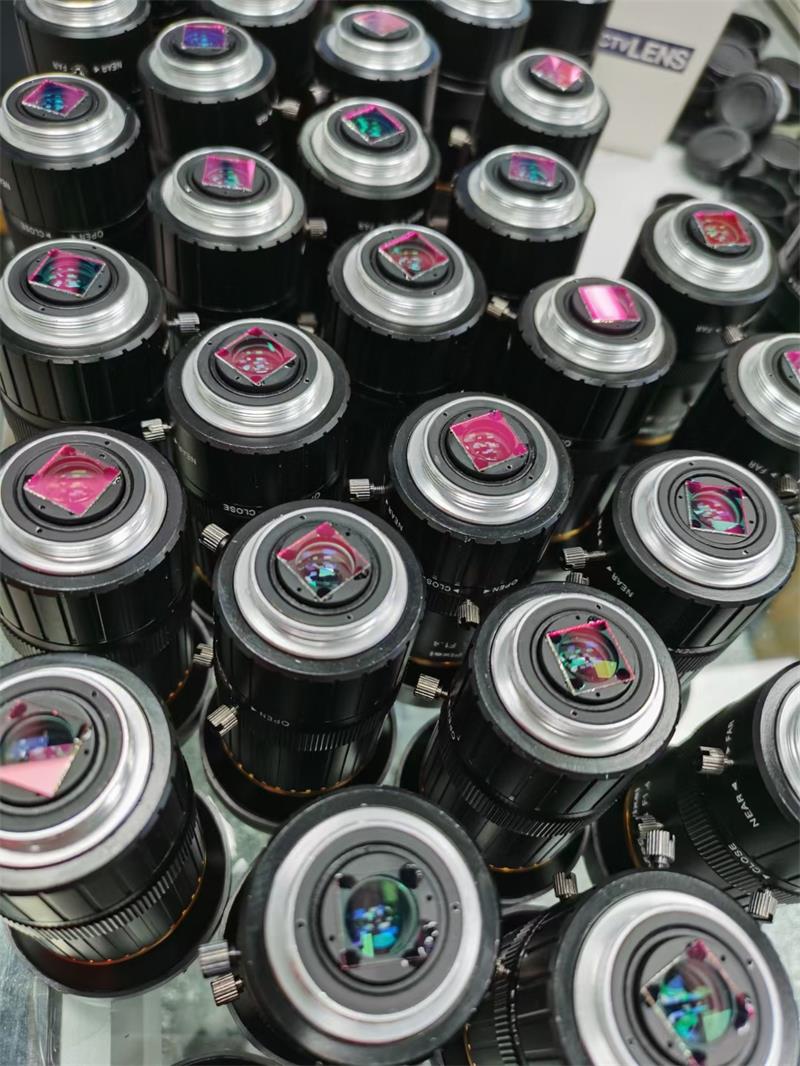Dear Customers and partners,
in these series technical articles you can learn some important and useful knowledge regarding to how to choose machine vision lens, how to choose industrial camera lens, what you should consider carefully when you face so many various lens, this is second article
Select industrial lens is the process of gradually clarifying the parameters of industrial camera lens. As an imaging device, industrial camera lenses often form a complete image acquisition system together with light sources and cameras, so the choice of industrial camera lenses is limited by the requirements of the entire system. In general, the following aspects can be considered for analysis
1. Clarify the lens field of view, optical magnification and working distance required in the customer's machine vision plan:
When selecting an industrial lens, a lens with a slightly larger field of view than the object under test is usually selected to facilitate motion control. Working distance and focal length are often considered together. Generally, this idea can be used: first clarify the resolution of the system, combine the CCD pixel size to know the magnification, and then combine the spatial structure constraints to know the approximate object image distance, and further estimate the focal length of the industrial camera lens. Therefore, the focal length of an industrial camera lens is related to the working distance and system resolution (and CCD pixel size) of the industrial camera lens.

2, depth of view requirements:
For depth-of-view requirements, use as small an aperture as possible, and for magnification selection, use as low-multiplification industrial lenses as possible as permitted by the project. If the project is more demanding, it tends to choose cutting-edge industrial lenses with high depth of field
3. Wavelength, zoom or not
Whether the working wavelength of an industrial camera lens needs to be zoomed is relatively easy to determine first. For applications that need to change the magnification during the imaging process, a zoom lens is used, otherwise a fixed focus lens is sufficient.
Regarding the working wavelength of industrial camera lenses, the visible light band is common, but there are also other band applications. Do you need to take additional filtering measures? Monochromatic light or polychromatic light? Can it effectively avoid the influence of stray light? Consider these issues clearly, and then determine the working wavelength of the lens after comprehensive measurement

3. Camera chip size and camera interface:
Each lens has a matching camera interface and chip size specifications. The image size of the selected industrial camera lens must be compatible with the size of the camera's photosensitive surface, and follow the principle of "larger compatible with small"-the camera's photosensitive surface cannot exceed the lens marked Image size-otherwise, the image quality of the edge field of view will not be guaranteed. The image quality requirements mainly focus on MTF and distortion. In measurement applications, special attention should be paid to distortion.The aperture of an industrial camera lens mainly affects the brightness of the image surface. But in today's machine vision, the final image brightness is determined by many factors: aperture, camera gain, integration time, light source and so on. Therefore, in order to obtain the necessary image brightness, there are more steps for adjustment.
The interface of an industrial camera lens refers to the connection interface between it and the camera. Both of them need to be matched. If they can’t be directly matched, consider switching
4. Fixed focus and zoom industrial lens
Manual zoom lenses are generally used in occasions where the requirements are strict and the fixed focus lens is not easy to meet the requirements. The zoom lens should generally be consistent with the specifications of the industrial camera, or the lens specifications should be larger than the camera specifications. , There are two industrial standards for lens mounting of CCD cameras, namely C mount and CS mount. The threaded part of the two is the same, but the distance from the lens to the photosensitive surface is different. C mount: The distance from the lens mounting reference plane to the focal point is 17.526mm. CS mount: the distance from the lens mounting reference plane to the focal point is 12.5mm. If you want to install a C mount lens to a CS mount camera, you should remove the gasket on the front of the camera before installing the lens. Otherwise, you need to use a lens converter.
Use a fixed-focus lens when the focal length can be fixed. There is only one manually adjustable focus adjustment ring on the lens (the ring is marked with several distance reference values). Rotate the ring left and right to make the image on the CCD target surface clearest At this time, the image obtained on the monitor screen is the clearest.
5, the customer's installation environment:
In the case of options, it is not realistic for the customer to change the size of the device, and you can select lenses with similar optical parameters and different sizes according to your needs.
6, pay attention to the light source with the appropriate industrial lens
Lenses of different sizes also have a matching light source to choose from.
7, customer special requirements, special requirements are preferred
Combined with the actual application characteristics, there may be special requirements, should be clarified first. For example, whether there is a measurement function, whether a far-heart lens is needed, whether the depth of field of imaging is large, and so on. Depth of field is often overlooked, but it is a must for any imaging system. In general, it is preferred to consider the special requirements of the customer for machine vision lenses, such as whether other devices (lenses, reflective lenses, glass), working environment of machine vision lenses are added before machine vision lenses and workpieces.

There are main points that need to be confirmed first:
1, the installation space has restrictions: machine vision lens size, length and other parameters;
2, fixed camera suspension lens: for example, some cameras can not hang heavy machine vision lens;
3, the camera system needs to move: if the speed is too fast, because of inertia, the camera system may be offset;
4, the spectral response has special requirements: for example, for ultraviolet environment, ordinary glass lens will absorb almost all ultraviolet light;
5, whether to add light source on the machine vision lens: according to the scene environment, for those who need to increase brightness, to add light source. If it is a coaxial lens, you can install a point light source;
6, the price requirements, if the above factors after considering a number of options can meet the requirements, you can consider the cost and technical maturity, to weigh the merit selection.
7, machine vision lens working environment;
8, whether there are other special components;
8. Effective working methods and steps 1:
First, determine the interface, target size and resolution of the industrial camera. For example, it is a 2/3" industrial camera, C-mount, 5 megapixels; then we can first determine that the required industrial lens is C-mount, at least supporting 2/3", 5 megapixels or more, or the line pair is 160LP.
Method/Step 2: Second, determine the field of view (FOV) and working distance (WD) to be reached, and then calculate the focal length (f) of the industrial lens based on these two requirements and the known target surface size. The calculation formula is:
Focal length f = WD × target surface size (H or V) / FOV (H or V)
Field of view FOV (H or V) = WD × target surface size (H or V) / focal length f
FOV (H or V) = target size (H or V) / optical magnification
Working distance WD = f (focal length) × target surface size/FOV( H or V)
Optical magnification = target surface size (H or V) / FOV (H or V)
Method/Step 3:
For example, the field of view is 100*100mm, and WD. is 500mm; then we first determine from the working distance that the focal length of the industrial lens should be below 50mm. The focal length of the industrial lens on the market is generally 12mm, 16mm, 20mm, 25mm, 35mm, 50mm, 75mm. Combined with the size of the camera's target surface to determine which model, the smaller the focal length of the industrial lens, the larger the field of view, and the larger the field of view.
If the target surface is 2/3", you can choose an industrial lens with a focal length of 35mm; if the target surface is 1/2", you need an industrial lens with a focal length of 25mm, or smaller...and so on.
Vehviscam manufacture limited www.Vehviscam provides 8mm/12mm/16mm/25mm/35mm/50mm/75mm fixed and zoom industrial lenses with a variety of specifications, focal lengths and chip sizes, and can tailor industrial lenses that meet customer needs.
popular industrial FA lens models include 16mm 1 inch C mount Lens and 1/1.8'' format C mount Lens 6MP